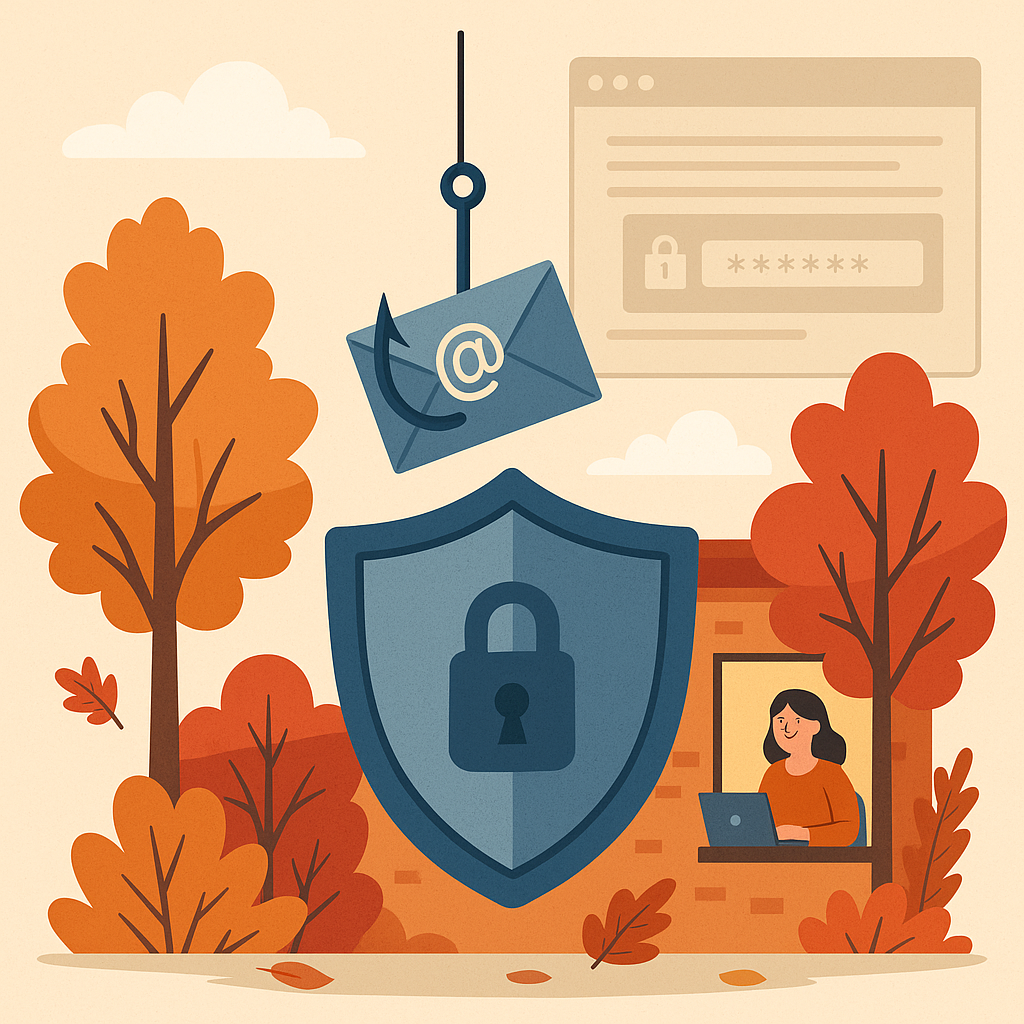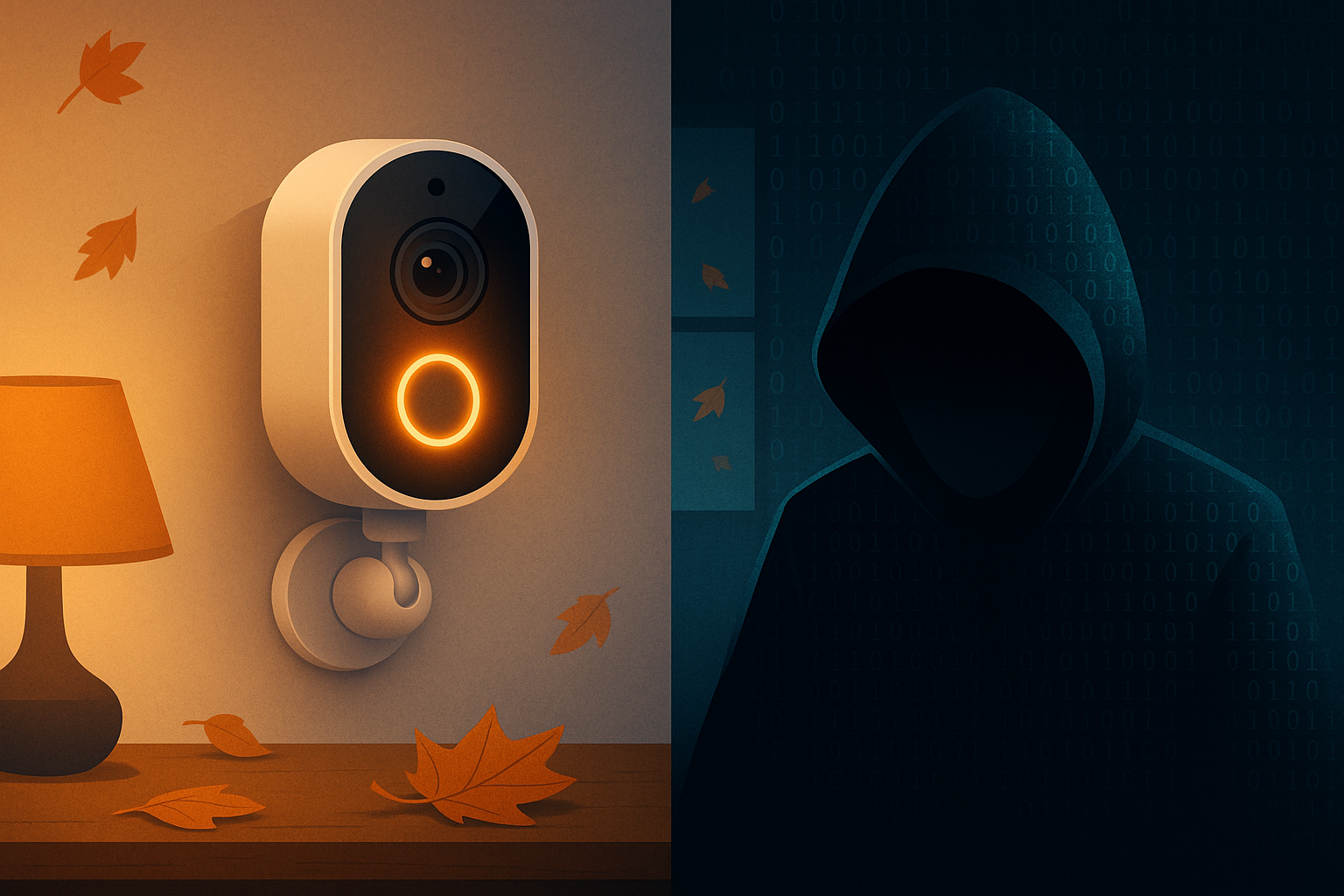In today’s interconnected world, our personal information is more accessible than ever before. From online shopping to social media, the convenience of the internet often comes with the risk of exposing our identities to cybercriminals. Identity theft is one of the fastest-growing crimes globally, with millions of people falling victim each year. Protecting your identity is not just a personal responsibility but a necessity in the digital age. Here’s how you can safeguard your identity and keep your information safe.
1. Understand the Risks
Identity theft occurs when someone unlawfully acquires and uses your personal information, such as your Social Security number, credit card details, or bank account information. The consequences can be devastating, leading to financial loss, damage to your credit score, and even legal troubles. Common methods of identity theft include:
- Phishing: Fraudulent emails or messages designed to trick you into revealing personal information.
- Data Breaches: When companies or institutions suffer security breaches, exposing customer information.
- Social Engineering: Manipulating individuals into divulging confidential information.
- Skimming: Stealing credit card information using hidden devices.
2. Use Strong, Unique Passwords
Passwords are the first line of defense for your online accounts. A strong password should be:
- Complex: Include a mix of letters, numbers, and symbols.
- Unique: Avoid using the same password across multiple accounts.
- Long: Aim for at least 12 characters.
Consider using a password manager to securely store and generate complex passwords, reducing the temptation to reuse or simplify them.
3. Enable Two-Factor Authentication (2FA)
Two-factor authentication adds an extra layer of security by requiring not just a password but also a second form of verification, such as a text message code or a biometric scan. Enabling 2FA on your accounts can significantly reduce the risk of unauthorized access, even if your password is compromised.
4. Monitor Your Accounts Regularly
Regularly checking your bank statements, credit reports, and online accounts can help you spot suspicious activity early. Many financial institutions and credit card companies offer alerts for unusual transactions, which can notify you immediately if something seems off. Additionally, consider using credit monitoring services that can alert you to changes in your credit report, such as new accounts being opened in your name.
5. Be Wary of Public Wi-Fi
Public Wi-Fi networks are convenient but often unsecured, making it easy for hackers to intercept your data. Avoid accessing sensitive information, such as online banking or shopping, when connected to public Wi-Fi. If you must use it, consider using a Virtual Private Network (VPN) to encrypt your internet connection, making it harder for cybercriminals to access your data.
6. Protect Your Personal Information
Be cautious about the information you share online, especially on social media. Personal details like your birthday, address, or phone number can be used by identity thieves to impersonate you. Adjust your privacy settings to limit who can see your posts and avoid oversharing.
7. Shred Important Documents
Physical documents containing personal information, such as bank statements, tax returns, or credit card offers, should be shredded before disposal. Identity thieves can rummage through trash to find valuable information, so it’s essential to destroy anything that could be used against you.
8. Stay Informed About Scams
Cybercriminals are constantly evolving their tactics, so staying informed about the latest scams is crucial. Follow reputable cybersecurity blogs, news outlets, and organizations to keep up with emerging threats. Awareness is a powerful tool in preventing identity theft.
9. Secure Your Devices
Ensure that all your devices, including computers, smartphones, and tablets, are protected with the latest security updates and antivirus software. Use firewalls and enable encryption where possible to safeguard your data.
10. Freeze Your Credit
If you’re not planning on applying for new credit anytime soon, consider freezing your credit. This prevents anyone from opening new accounts in your name without your knowledge. You can easily unfreeze it when needed, and this added layer of protection can be invaluable.
Conclusion
In a world where data breaches and cyber threats are increasingly common, taking proactive steps to protect your identity is essential. By following these tips, you can reduce the risk of identity theft and ensure that your personal information remains secure. Remember, identity protection is an ongoing process, and staying vigilant is the key to keeping your identity safe.
















